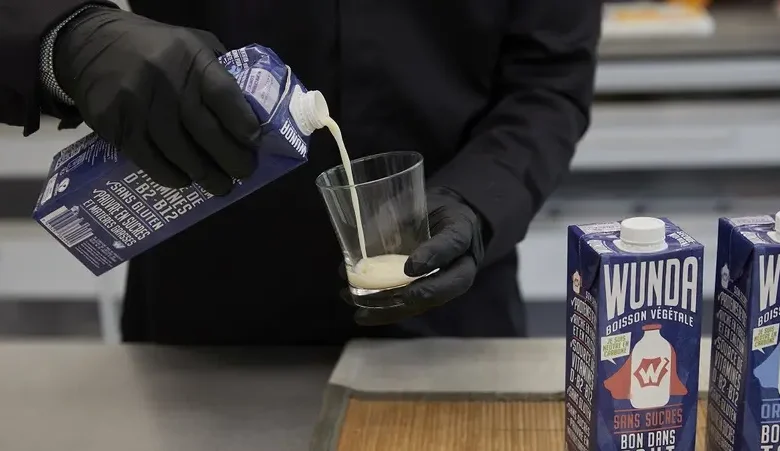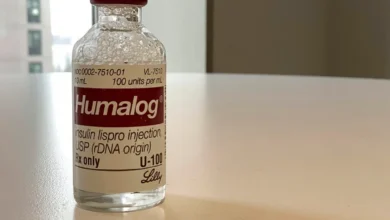Nestle gets a third of sales from foods considered unhealthy, as per firm’s rating

Nestle SA said a third of its sales missed an independent definition of healthy as it applied a nutritional rating test across its port-folio.
The finding shows that Nestle has room to improve as it aims to be the top health and wellness food company. Nestle said Tuesday that according to the Health Star Rating system, 30 percent of the Swiss company’s portfolio is considered healthy and 35 percent unhealthy.
The remainder comes from petfood, infant formula and medical nutrition products, which were not included as they’re designed to meet specific goals like helping kidney function.
With obesity a global health crisis in much of the developing world and on the rise in emerging market, food companies have been
under pressure to make their portfolios healthier and increase transparency. Investors have called on them report in accordance with independent government-approved measures of how nutritious their portfolios are, rather than their own internal metrics, even though the industry has not settled on a single scale.
Big food companies like Kraft Heinz or Kellogg have so far resisted calls to report on independent nutrition metrics.
Nestle decided to use the HSR system, widely used in Australia and New Zealand, which rates products on a scale from half a star to five stars. A score of 3.5 stars or above is considered healthy.
More transparency
ShareAction, an investor campaign group which has been pushing Nestle for more transparency, welcomed the new reporting, though urged the company to improve its ranking.
“As one of the biggest food and drink companies in the world, Nestle has an outsized influence on what people eat and drink,” said Holly Gabriel, a ShareAction campaigner. “What this disclosure worryingly shows is the company is still far too reliant on the sale of less healthy food and drink products.”
The ratings are based on the product’s energy, saturated fat, total sugars, sodium, protein, dietary fiber, and fruit, vegetable, nut and legume content. Products like confectionery or salty sauces score lower on the scale, while low fat, low salt, and sugar items including plain coffee and waters score higher.
The increased transparency helps investors understand how ex-posed companies are to efforts to curb obesity, for example through advertising bans. It also amplifies the pressure on companies to reformulate products to make them healthier.
While Nestle has room to improve, the majority of Nestle’s sales wouldn’t be in the cross-hairs of anti-junk food legislation because they are pet food or products like infant formula, or considered relatively healthy.
Rivals Danone and Unilever already report on their portfolios in accordance to the HSR. Unlike Nestle, Unilever has also set a target that 85 percent of its nutrition and ice cream servings meet its own nutrition criteria by 2028.
Danone said that in 2021 about 90 percent of its products by sales volume got an HSR rating of 3.5 stars or above. Only 17 percent of Unilever’s nutrition and ice cream portfolio reached that standard the same year.
Nestle has been reformulating products like Nesquik to contain less sugar in some markets, but Chief Executive Officer Mark Schneider told analysts earlier this year that reporting on nutrition does not mean the group would turn away from products like Kit-Kats and Smarties.
“We’re not interested in a target on how the healthier parts of the portfolio would outperform the other parts of the portfolio,” he said. “We want to succeed in both.”
Nestle said the study covered 97 percent of its revenue, excluding some products that aren’t foods or beverages as well as some recent acquisitions.










